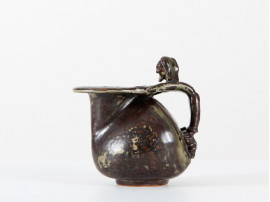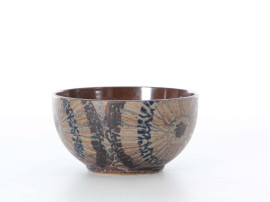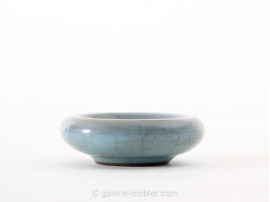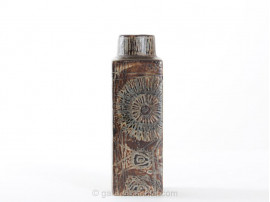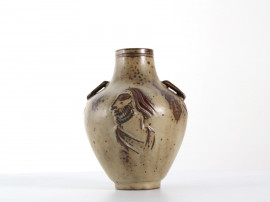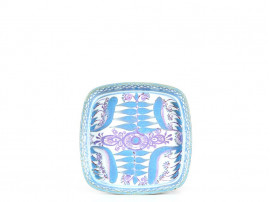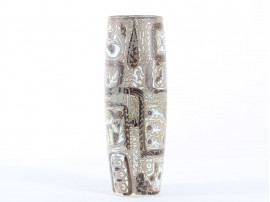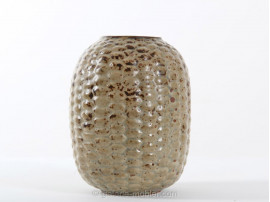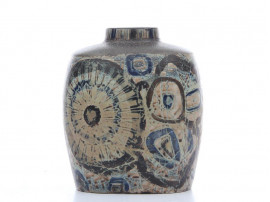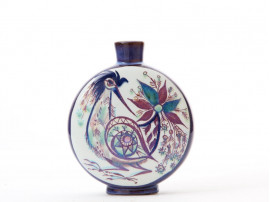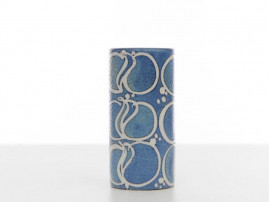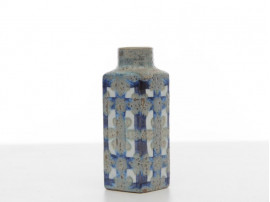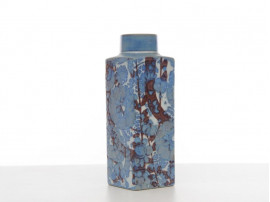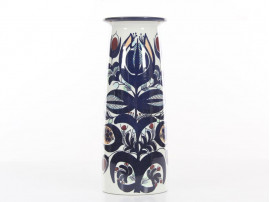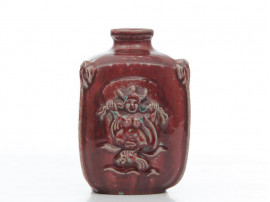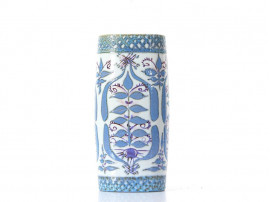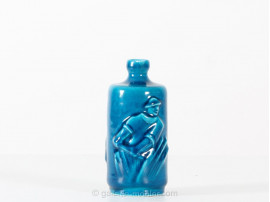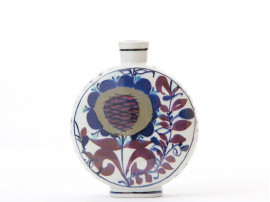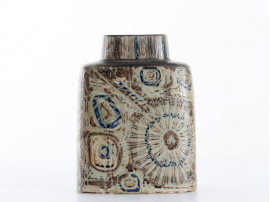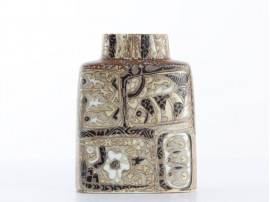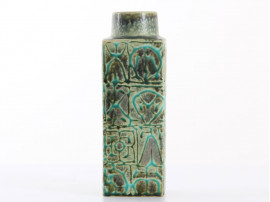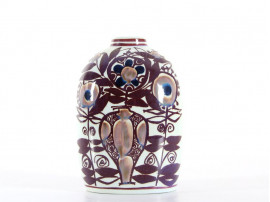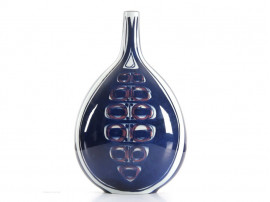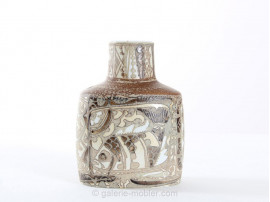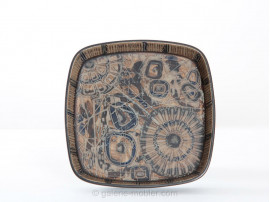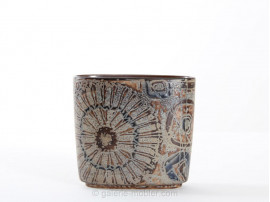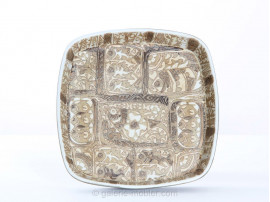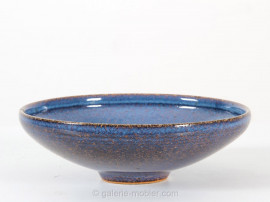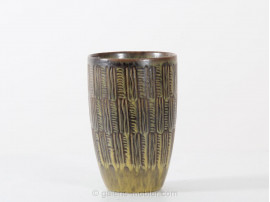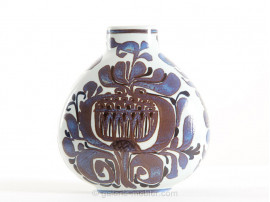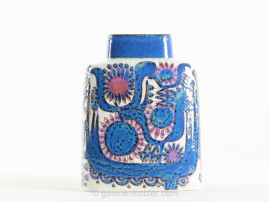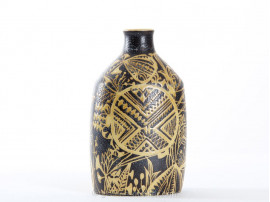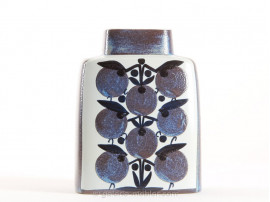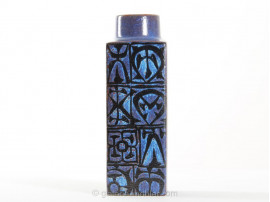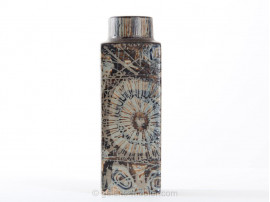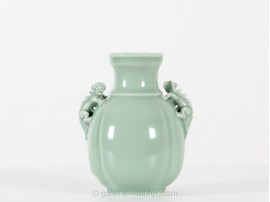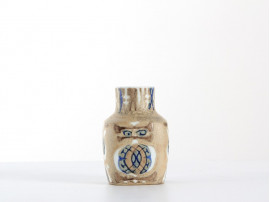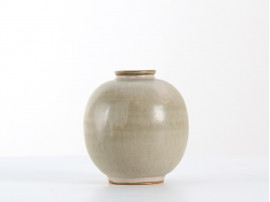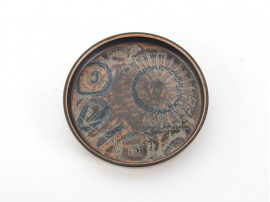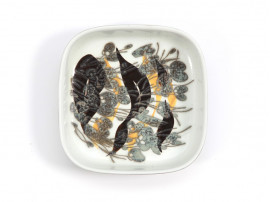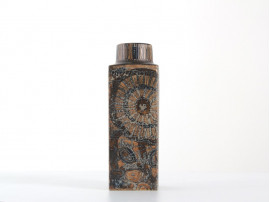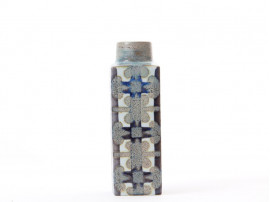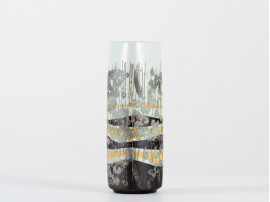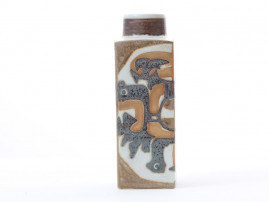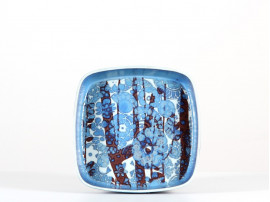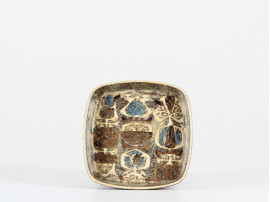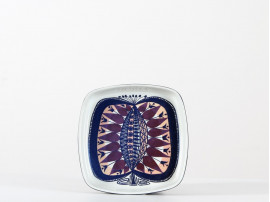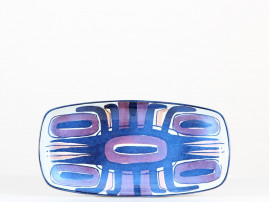
Royal Copenhagen
Royal Copenhagen was founded in 1775, and its products have been made ever since. Today, Royal Copenhagen is a well known brand for its quality porcelain products. Royal Copenhagen is owned by Royal Scandinavia, a financial holding company. The main shareholder is Axcel, a private equity fund. The history of Royal Copenhagen The Royal Danish Porcelain Manufactory, which later became Royal Copenhagen, was founded as the result of experiments carried out by the pharmacist, Frantz Heinrich Müller (1738-1820). He was an expert chemist who specialised in mineralogy, and since the early 1770s he had been experimenting with hard feldspar porcelain made from quartz, kaolin and feldspar. This was the secret Chinese recipe, which had been recreated by Meissen in about 1710. For many years Meissen had successfully kept the secret to themselves, but by the time Müller began his experiments, the ingredients of porcelain were well known, and had even been printed in a number of books. In 1774 Müller was finally ready to invite potential investors to subscribe for shares in a Danish porcelain factory, but very little interest was shown. This changed when the Queen Dowager Juliane Marie and her son the heir presumptive to the throne Frederik became partners in a limited company, which became a reality in 1775.For almost a century the Royal Danish Porcelain Manufactory was run by the Royal Family. In 1868 it passed into private hands, but still retained its name and the privilege of flying the royal swallow-tailed flag. Some years later, in 1882-84, the factory was amalgamated with the Aluminia faience factory and moved from the centre of Copenhagen to new premises in Frederiksberg. An artistic young manager was appointed: he was the painter and architect Arnold Krog (1856-1931), who was interested in underglaze painting. Krog´s first task was to breathe new life into the factory´s great original service, Blue Fluted. He then developed a new technique for painting under the glaze, which made it possible to depict landscapes and apply other naturalistic decorations. The new porcelain was shown at the World Exhibition in Paris in 1889, and in the course of the next few years the underglaze decorated porcelain made the factory world famous. The second Danish porcelain factory, Bing & Grøndahl, opened in 1853. This intensified international competition. The two factories merged in 1987 to become Royal Copenhagen.

